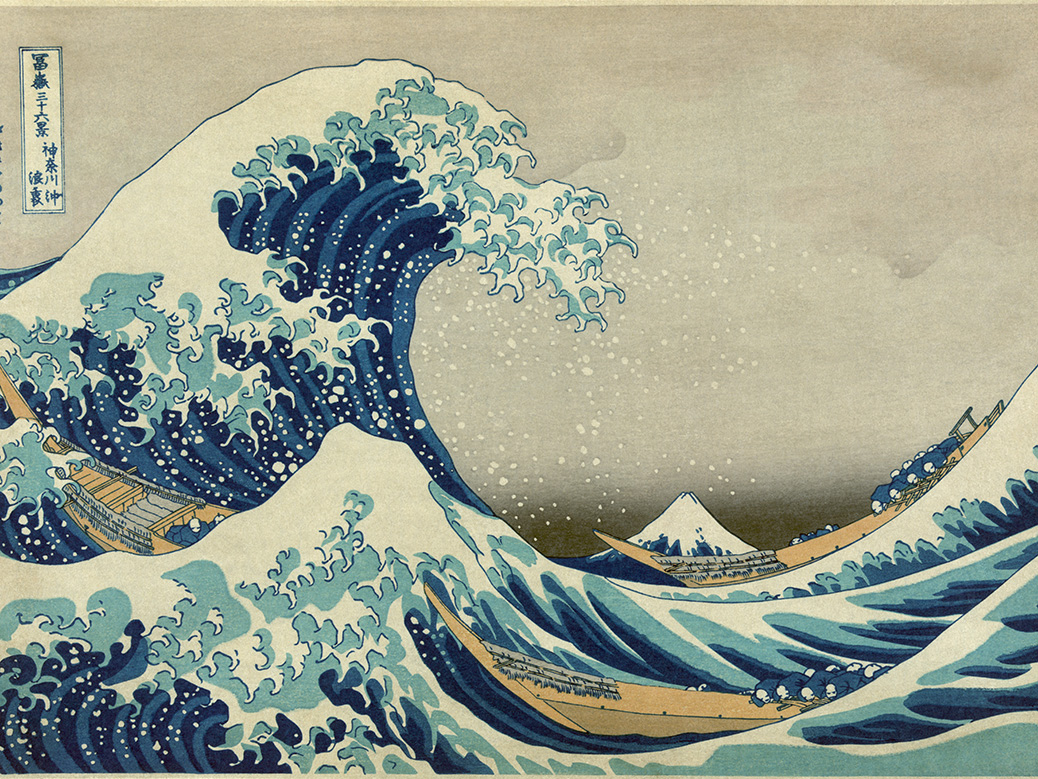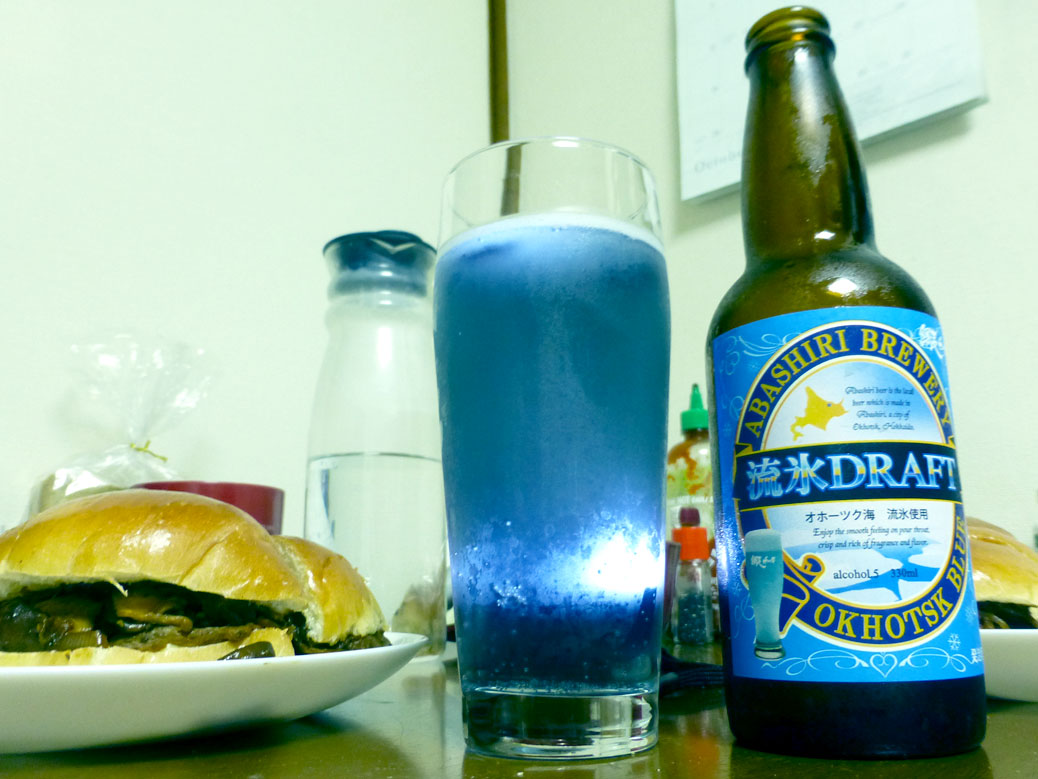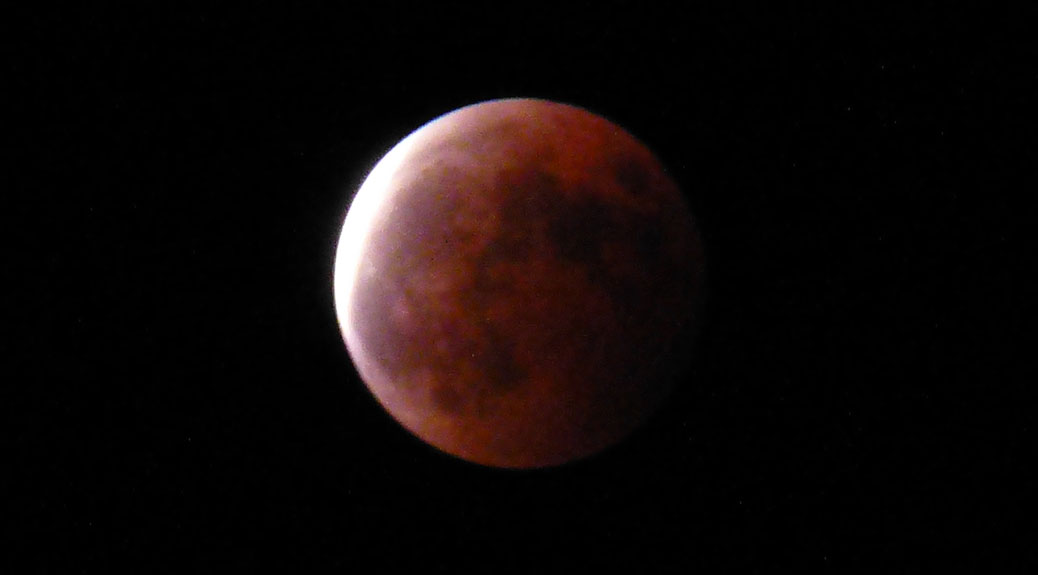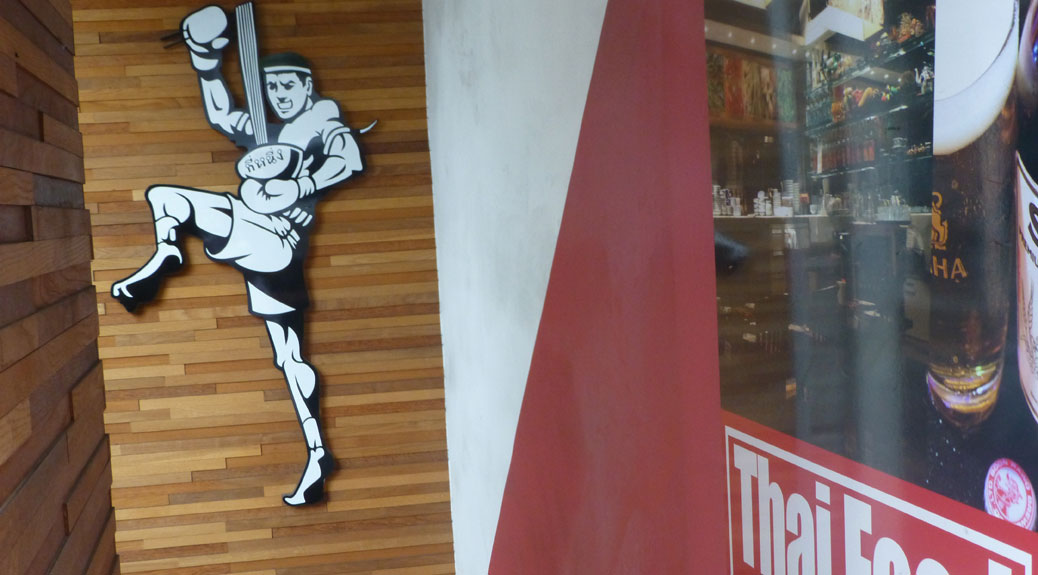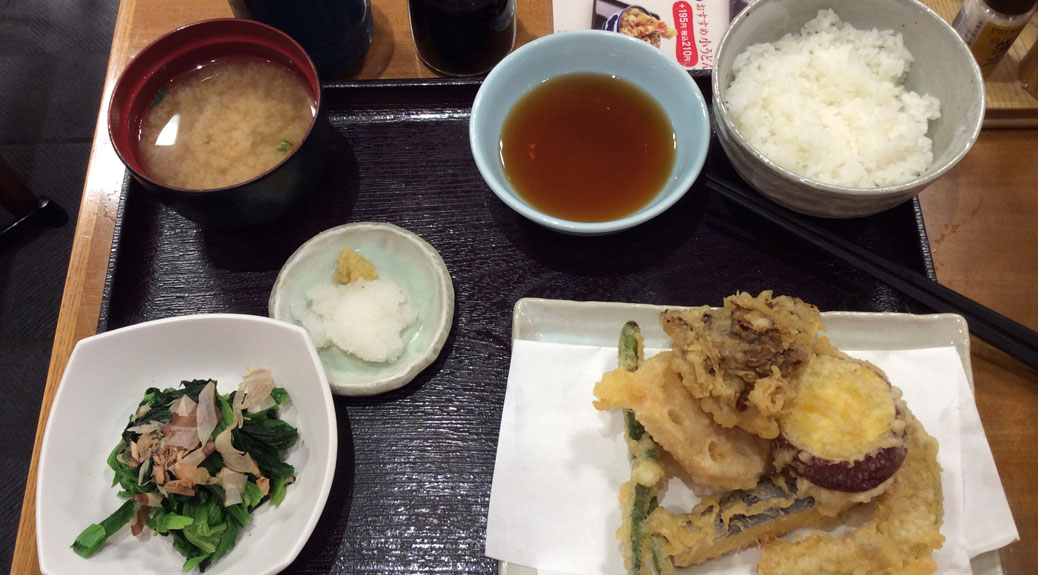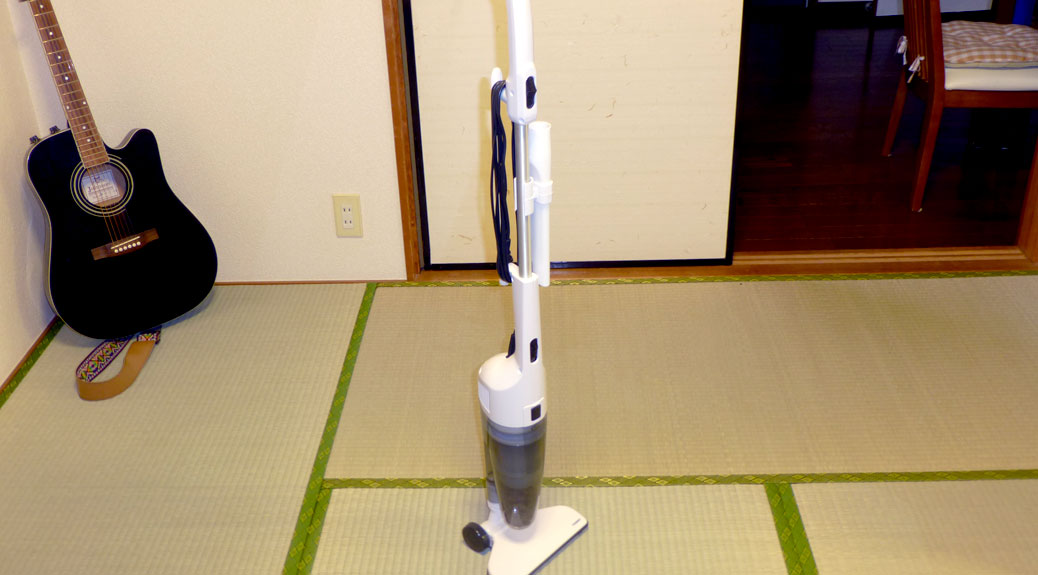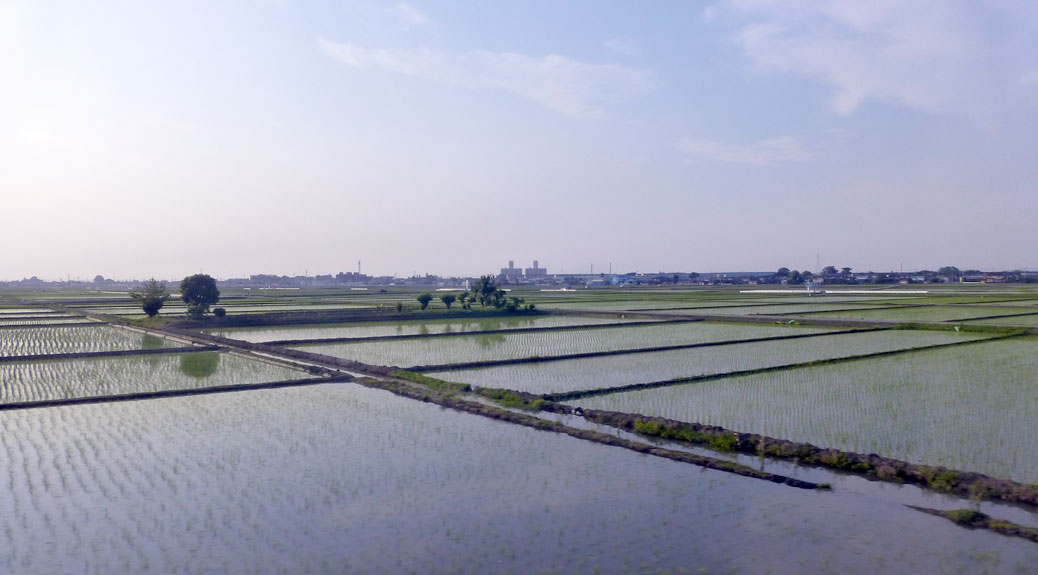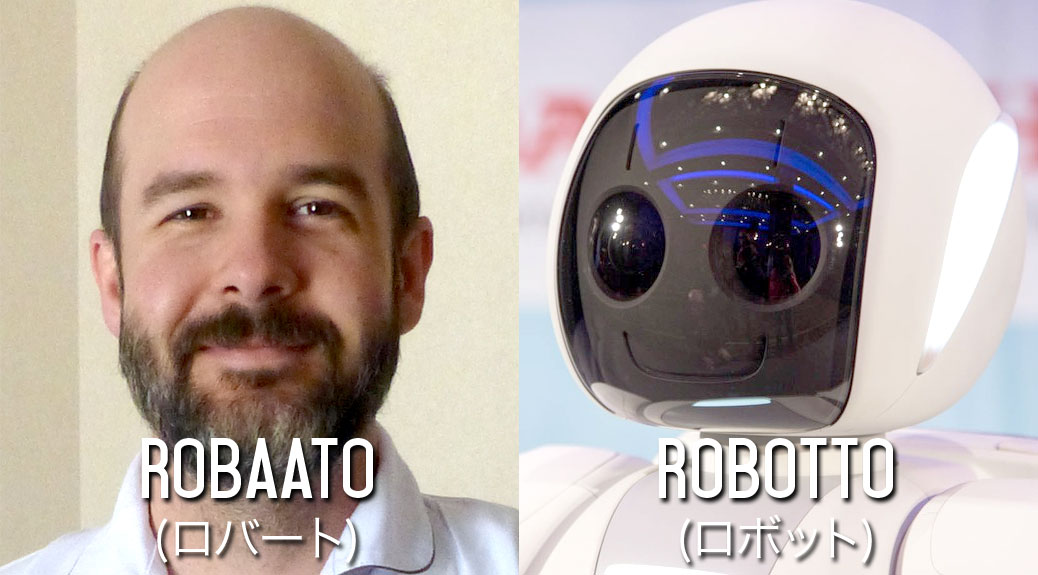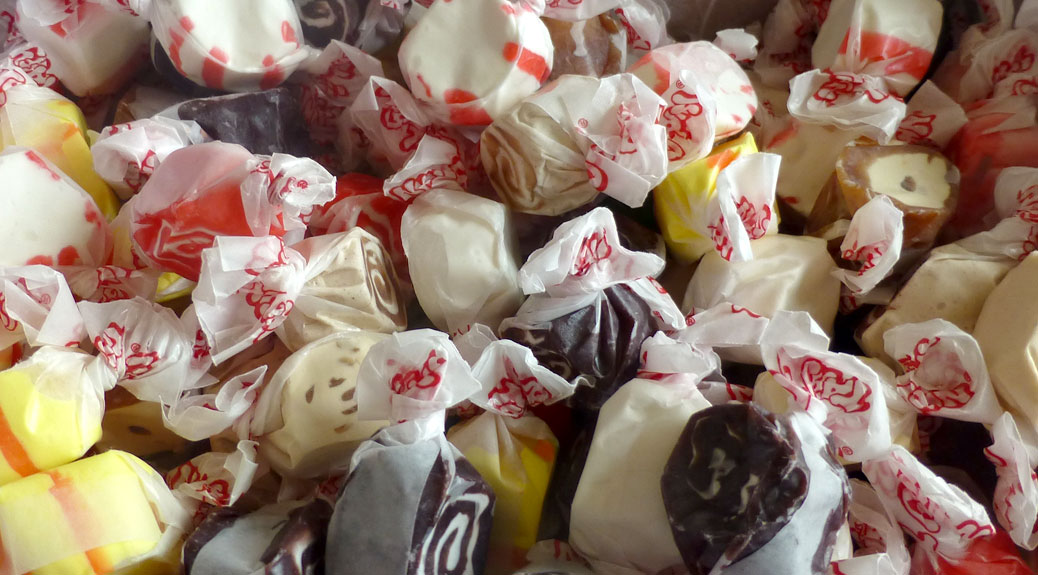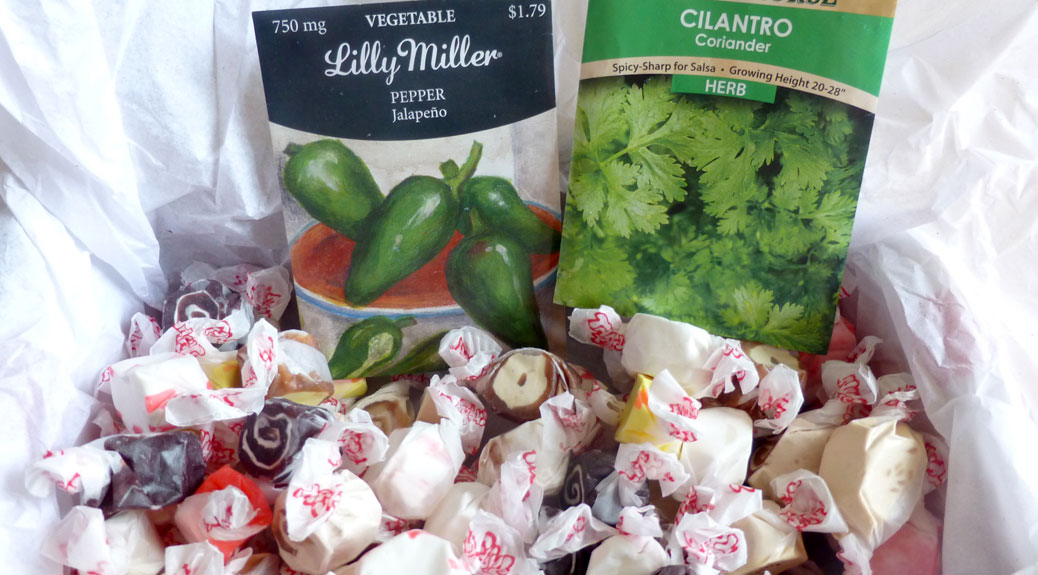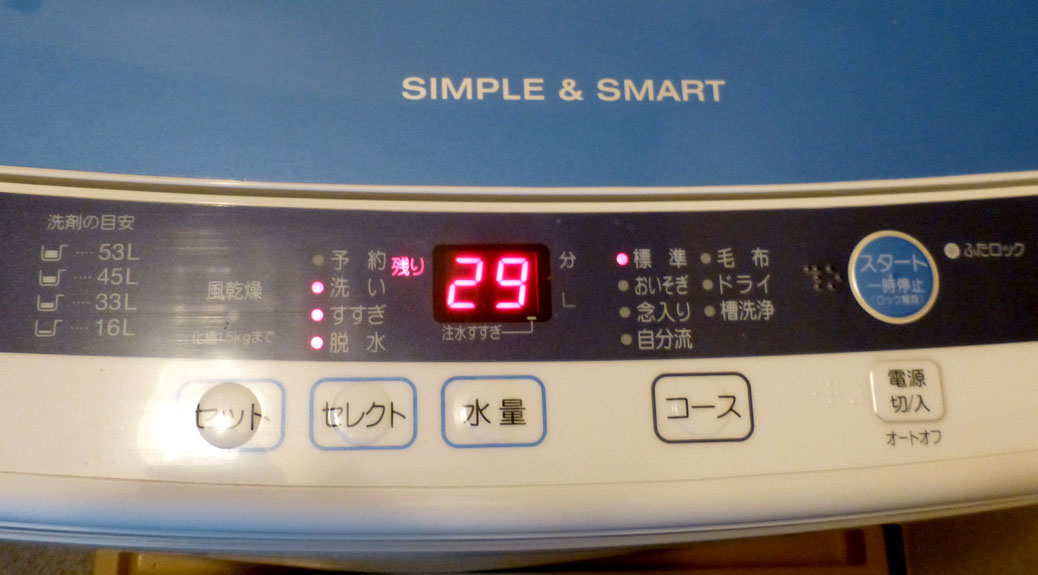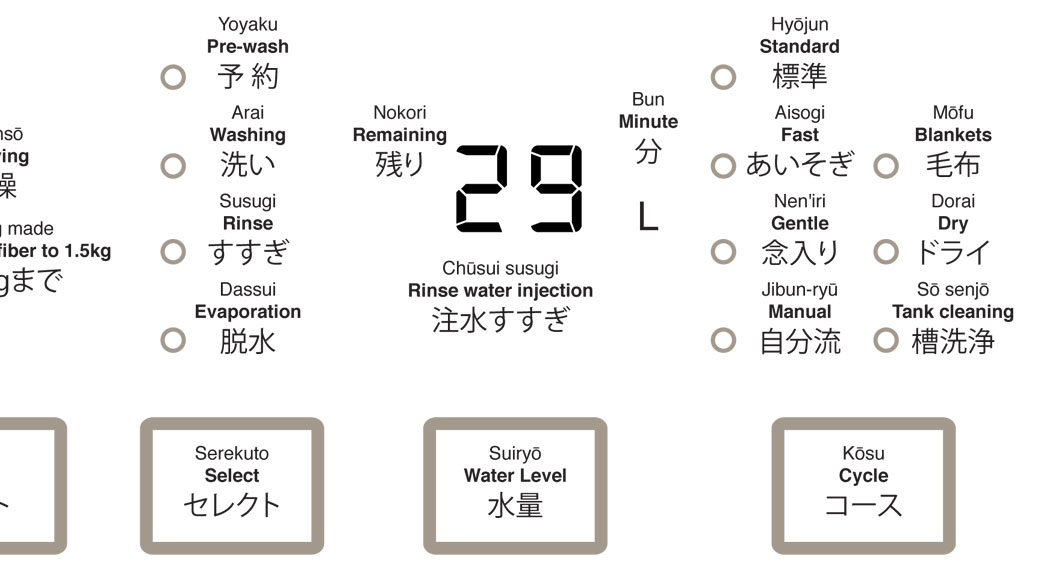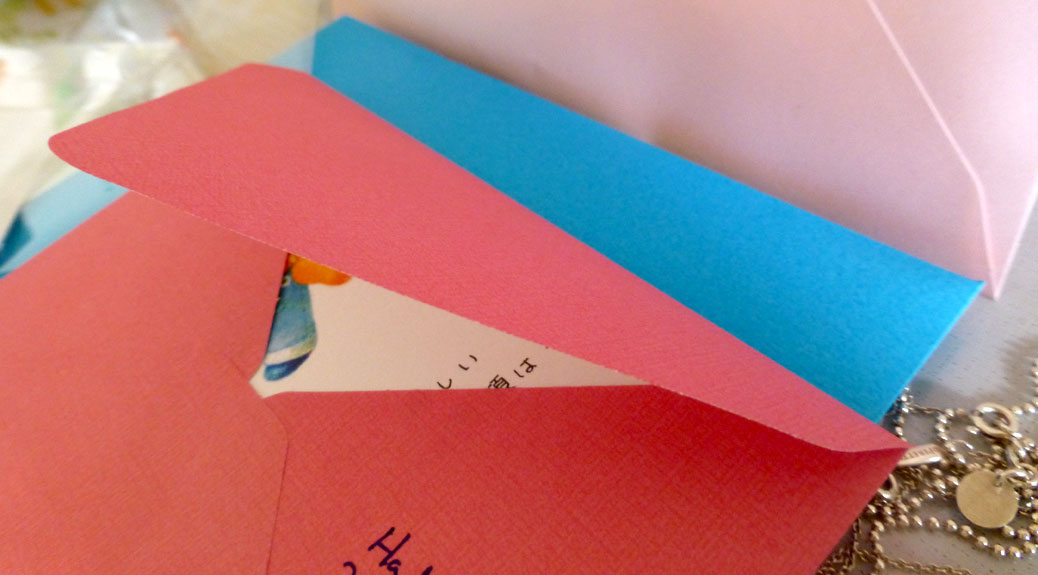Every culture has its idiosyncrasies. Even after living in Japan for a year, I still learn something new nearly every day. Sometimes it’s an “a-ha” moment. Other times it’s something that I’m not sure I’ll ever get used to. Here’s five things that I’ve never experienced before living in the Land of the Rising Sun.

The Royal Treatment
Cleaning up after your dog isn’t unique to Japan. The production of poop pickup products is a multi-million dollar international industry. However, dog owners in Japan take it a step further. After the dog has done its business and the output is properly bagged, out comes the tissue. The dog instinctively props up its tail while the owner proceeds to wipe the offending area. There’s no question who’s boss in this situation.
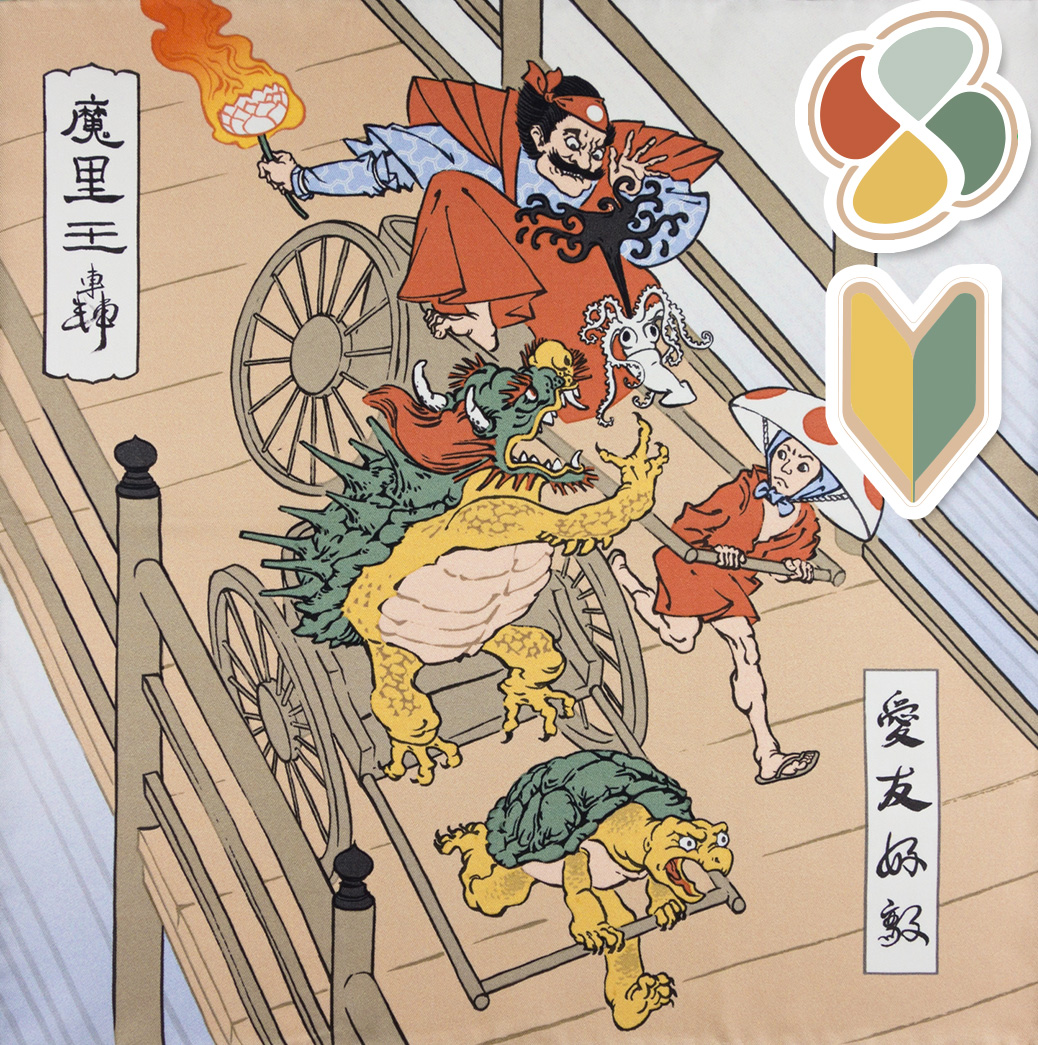
The Scarlet Letter

Japan has one of the lowest rates of death related to traffic accidents in the world. Maybe part of this is due to the usage of untensha hyōshiki or driver’s signs.
New drivers are required to display the Shoshinsha mark for at least one year after getting their license. Drivers who are uncomfortable with their driving skills may also choose to display the sticker. The idea is to let other drivers know there’s an inexperienced driver in their midst.
On the other end of the spectrum, drivers over the age of 70 are encouraged to display the Kōreisha mark while drivers older than 75 are required to display the sticker. The design of the mark was changed from a teardrop shape to a four-leaf design in 2011 after many drivers refused to use the sticker because it resembled a dying autumn leaf.
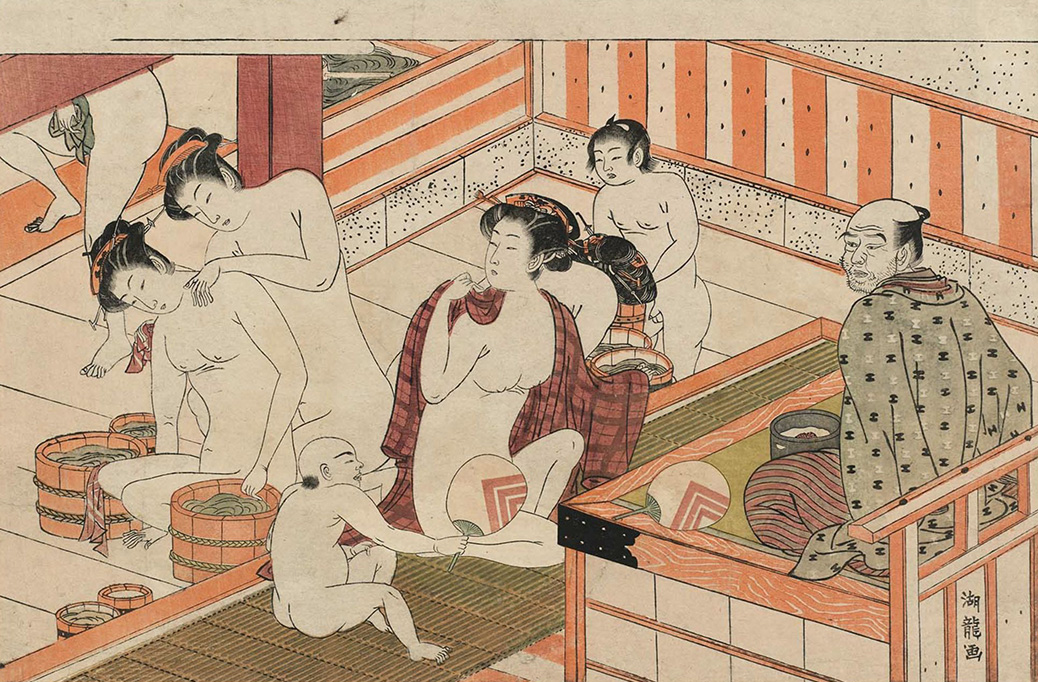
An Unexpected Guest
For all of America’s exhibitionism, we’re actually quite prudish compared to the rest of the world. So, for this prudish American, I always have to do a double-take when I walk into a public restroom and there’s a female attendant cleaning up the facilities. But, this is nothing compared to a recent onsen experience.
Onsens are public baths—specifically natural hot springs—and are popular with both Japanese people and foreign visitors. They’re usually separated by sex with a changing room leading into the main bathing area where there are no bathing suits allowed. In fact, the phrase “hadaka no tsukiai” means “naked relations” and is considered an important part of the culture—interacting with literally no barriers.
After a long day in the Chichibu region recently, we visited an onsen in Yokoze. I walked into the men’s changing room where the fellas were disrobing for the onsen. A cleaning woman meandered through the crowd, wiping down benches and countertops. The men didn’t appear to be modest or even notice that she was there. In turn, she didn’t seem particularly interested in the sausagefest surrounding her.

Lost and Found
In a culture obsessed by cute knick-knacks and one that tends to get around on bicycle or foot, dropped items are a common sight on the sidewalk. But there’s also a great cultural element of trying to help the item find its owner. Lost items aren’t left on the street to be destroyed, but instead picked up and placed in a conspicuous place to hopefully be discovered later. Who actually grabs these items is a mystery, but I’ve seen things sit on a curb or bush for more than a couple days.
Even lost money usually finds its owner. According to the Tokyo Metropolitan Police Lost and Found Center, 72 percent of lost money brought to the center in 2002 was returned to its owner. That’s a total of nearly $23 million. Simply amazing!

Remember Fire?
There’s a deep-rooted fear of fire in Japanese culture. It’s certainly not unwarranted. It seems nearly every important historical building has been destroyed by fire at least once in its history, including Kawagoe’s own Toki no Kane (Bell of Time). Fire prevention most definitely takes precedence over fire fighting.
During times of particularly fire-friendly weather, especially during the cold, dry winters, volunteers from the local fire brigade will walk up and down the street. They bang two wooden sticks together twice and shout “hi no yōjin” or “watch out for fire.”
Your Take
What do you think? Would you be offended by the driving stickers or shocked by the opposite sex attendant in the locker room? Leave your comments below.

